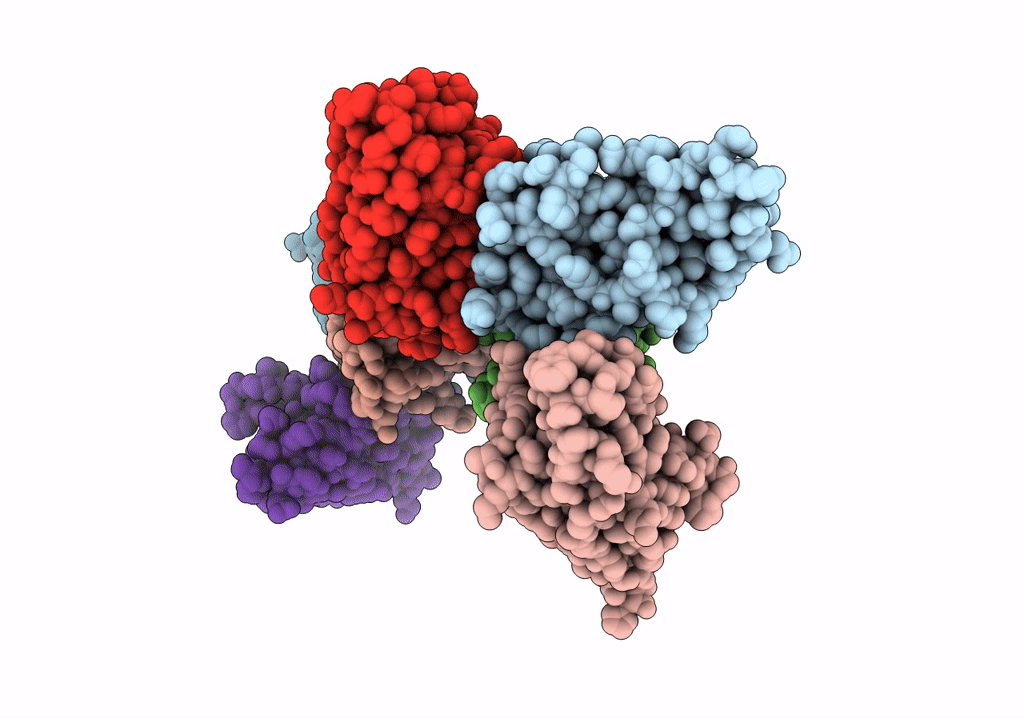
Deposition Date
2022-05-04
Release Date
2022-10-26
Last Version Date
2024-11-06
Entry Detail
PDB ID:
7ZRA
Keywords:
Title:
Crystal structure of E.coli LexA in complex with nanobody NbSOS1(Nb14497)
Biological Source:
Source Organism:
Escherichia coli (Taxon ID: 562)
Lama glama (Taxon ID: 9844)
Lama glama (Taxon ID: 9844)
Host Organism:
Method Details:
Experimental Method:
Resolution:
2.80 Å
R-Value Free:
0.25
R-Value Work:
0.22
Space Group:
P 21 21 21


